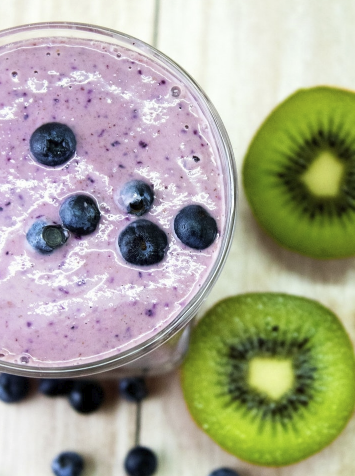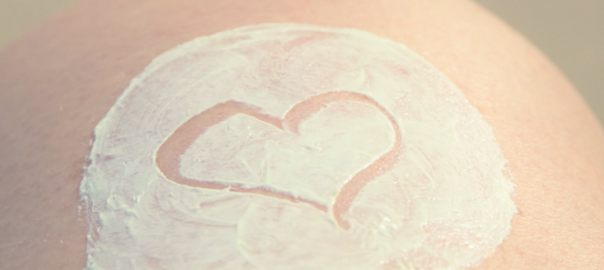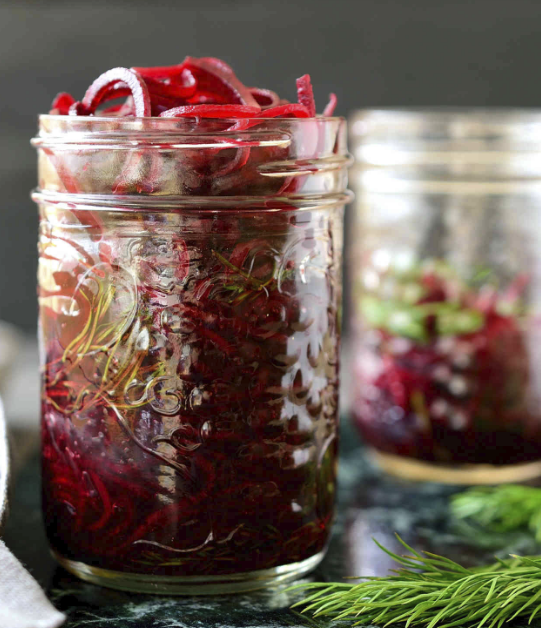The Skin/Brain Connection
Happy Monday everyone! Hope you all had a great Superbowl weekend! As most of you know my niche so to speak is really about healing the brain in many difference forms. This week, we dive into the relationship between the skin and the brain.
Our skin (our biggest organ), yes it is an organ, can give us a lot of information as to how our brain is functioning.
The skin changes at different rates according to
-genes
-environmental factors
-diet
-exercise
-habits
-hormones
Skin mirrors the first sign of aging, usually because of hormonal decline. Skin can become, dry, pale in color, fine lines and wrinkles. The brain is also affected by the decline in hormones as well. Cognitive decline, can also be attributed to hormone deficiency. This doesn’t mean jumping to hormone replacement therapy, as you know I’m not a huge fan of this, as it can lead to other symptoms and problems long term. I always for natural options that work with the body chemistry.
When you balance your hormones, you also balance your skin and your brain.
Why Do Skin & the Brain Age in Similar Ways?
“There is a biological reason that skin and brain age in similar ways. In early embryo, both skin cells and brain cells develop from the same kind of embryonic tissue (ectoderm). It is not feasible to do a brain biopsy to assess aging of brain tissue, but a skin biopsy is simple. Researchers are finding that skin cells can provide an experimental model for aging research on the brain.
Perhaps not surprisingly, considering the brain-skin link, what is good for the brain is also great for the skin. Numerous scientific studies have confirmed fish oil is beneficial for the brain and the skin. It appears to help limit the damage of radiation from the sun, give skin a younger appearance and reduce the risk of skin cancer.
This is good news because it means that you possess the power to change your brain! There are many ways to become sick, but there is a clear path to wellness and it’s simpler than you think. ”
By improving your brain health you can improve your skin!
The key is to figure out what is inflaming your brain. Is it the fascial tension (read below) starting all the way in your brain from cranial misalignment? Is it hormone imbalance? It is toxicities from our environment, food, injections? Is it hidden infections? What are the fires burning that are depleting and causing your brain to be inflamed?
That is my job to figure out..
Another important thing to mention about the skin.
Is the topic of fascia….
Every muscle and structure in your body is enveloped and joined by an interconnected tissue network. This tissue is called fascia.

“Simply put, fascia is the body’s connective tissue. It is a head to toe, inside to out, all-encompassing and interwoven system of fibrous connective tissue found throughout the body. Your fascia provides a framework that helps support and protect individual muscle groups, organs, and the entire body as a unit.
For those of you who are visual learners, you can imagine your skin is like the rind of an orange. So, if your skin is the outer layer of the orange peel, the thicker, white, fibrous layer that lies almost immediately beneath the peel would be your fascia. Just as that thicker layer completely surrounds the inside of the orange, the same holds true to your fascia. We all have a layer of fascia directly beneath the skin that completely envelopes the body, giving another protective barrier between the skin and the deeper soft tissue.
The vitality and strength of your fascia is key to good health and synergy throughout each system of your body. ” How this affects the skin is when there are bunches of this tissue that have formed because of usually improper postures or injuries, this tissue affects how the skin looks. That’s why there can be dimples, or creases, ect. The health of the fascia depends on proper movements, hydration, movement of the joints(chiropractic) and nutrition.
“So much pain, tightness, and discomfort is unnecessarily caused by distorted fascia. Distortions in fascia can pull, torque, and compress the body into misalignment. Studies show that fascial tension in one structure – such as the knee – can cause tension or issues in adjacent structures, such as the hip or ankle. Some common conditions you may have heard of like Plantar Fasciitis, IT Band Syndrome, and frozen shoulder are all attributed to distortions in your fascia.”
“The condition of our skin can be affected by the state of our fascia. Not many people understand the impact of blood and fascia, and how it relates to the quality of our skin. Elastin and Collagen are two proteins which are essential to maintaining healthy, youthful skin. Nutrients are carried through the blood to the skin, and when the fascia is distorted, it limits the supply of these proteins. This can cause a decrease in cell turnover, which is responsible for the natural, healthy glow we all strive to maintain.”
It baffles me that we try to treat our skin from the outside, when it’s what’s going on inside that determines health of the skin.
This fascial tissue starts up in the head, and surrounds the brain. That is why you MUST start with cranial care to relieve head tension and fascial pull.
I’ve seen fascial structures change before my eyes just with one session of craniopathy care. But it really is effecting and changing the ENTIRE fascial system down to your feet since it is all connected.
If you have skin or scar tissue or injuries, you can break up this fascia over time, which will also improve your skin health. Be aware, it’s painful and takes time, and you will detox, but it does work. As long as you work on improving your movements and all the other factors mentioned.
Remember there’s fascia all the way in the skull surrounding your brain! So that’s the first area you want to unwind the tissue from, because head tension can cause even leg tension!
Nutrition:
Another favorite is the herb Gotu Kola. This herb I love and with the quality of the herb I use a lot of women have said it’s like a facelift in a bottle! Thats because of its influence on the fascia, blood circulation and skin tissue.
Theres also an amazing Essential oil botanical blend you can read on below that is wonderful for circulation and the skin!
More nutrition Tips will be given later this month!
Also Clean beauty products for your skin is always a MUST. One of my favorite companies is Beauty Counter for makeup, and DoTerra for skin care.
You can get some here: https://www.beautycounter.com/anneliesewells
Oil of the WEEK.

On the spotlight this week is DoTerra’s Yarrow/Pom Oil.
Yarrow|Pom is a one-of-a-kind expertly crafted proprietary blend of Yarrow essential oil and cold-pressed Pomegranate seed oil, offering powerful benefits to both the skin and the body.
Primary Benefits
- Provides powerful antioxidant support*
- Promotes cellular, immune, and nervous system health*
- Supports healthy metabolic function*
- Calms the body and mind*
- Soothing to the skin
Yarrow|Pom is an expertly crafted proprietary blend of Yarrow essential oil and cold-pressed Pomegranate seed oil designed to be your go-to for a true inside-out approach to aging, vitality, overall wellness, and, quite frankly, how to get that glow. This synergistic and first-of-its-kind blend naturally up-regulates the body’s protective transcription factors while activating skin-protecting proteins (inhibiting the enzymes that breakdown elasticity and collagen) with the added benefit of promoting collagen production.* Additionally, this active botanical powerhouse can be applied topically to revitalize aging skin and taken internally to support a healthy inflammatory response at the source and promotes healthy metabolic function.* With main chemical components punicic acid (an omega 5), antioxidants, β-caryophyllene, and chamazulene, this vegan-friendly active botanical duo supports cellular, immune, and nervous system function and rejuvenation when taken internally.*
Uses
- Consume one to two drops morning and night to promote a healthy metabolism.*
- To promote a healthy immune response, take one to two drops of Yarrow|Pom daily.*
- As part of your skin care routine, apply Yarrow|Pom to help promote the look of young and healthy skin, or to help reduce the appearance of blemishes.
- Create a soothing massage experience with a few drops of Yarrow|Pom to help soothe tension.

Collagen production.
Boost collagen production with Vitamin C:: This is a biggie for producing collagen and repairing skin cells. Find it in dark leafy greens, broccoli, strawberries, peppers, and oranges.
- ½ cup fresh or wild frozen blueberries
- 1/4 c fresh strawberries
- ¼ cup pineapple
- 1 cup unsweetened vanilla flavored almond milk
- 1 tbsp chia seeds
Instructions
- Put all the ingredients into the blender and blend it until nice and smooth.
That is all for now,
Have a happy and healthy week.
Dr. Hamel









